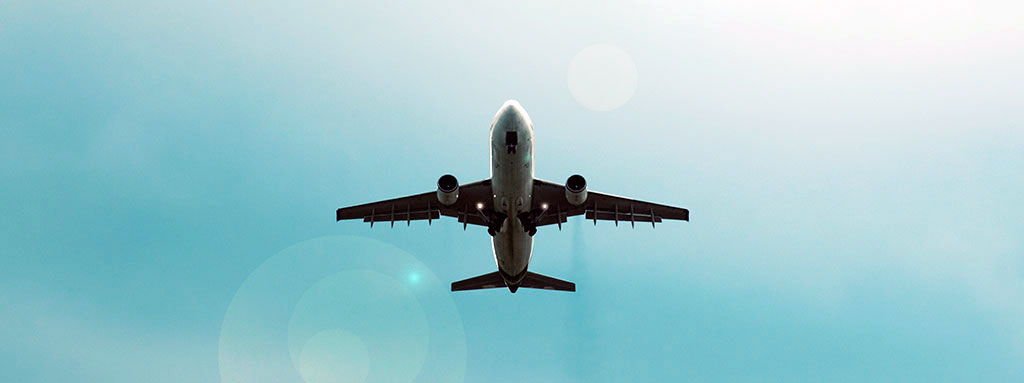Probably all our readers have heard about unmanned aerial vehicles, so called drones, RPAS or UAV. The usual image we have is that of the aircraft created ex professo to fly without a pilot, which allows to simplify the design by eliminating the need to include vital support systems, space for people, pressurized cabins (essential to fly above certain altitude), air conditioning systems, waste disposal systems and other comforts for human beings.
Nowadays, people are reluctant to accept that aircraft are not controlled by a human pilot.
However, there is another way to build a UAV, transforming a manned plane by providing a fully autonomous navigation system or supervised by a ground control station. This option has the advantage of reusing the knowledge in aerial programmes at the level of design, maintenance, airworthiness, fleet standardization, etc.
Aerospace exploration, pioneer in so many fields, is also pioneer in the autonomous control of aircraft designed to be manned. The need arises from the evidence of danger of experimental space flights. The Soviet Union developed its own space shuttle programme, which was called Buran. During the inauguration flight of 1988, it performed two complete orbits around the Earth and landed successfully in the Kazakhstan cosmodrome. The cabin was pressurized with nitrogen to reduce the risk of explosion and the flight was supervised from the control station in Moscow, in case the aircraft made a navigation decision that might be considered dangerous. Unfortunately, the project was cancelled too early due to lack of funds and no further flights were attempted.
Nowadays, Boeing and the US Air Force are working in a joint programme to turn the F16 jet fighter into a military UAV, which has been called QF-16. In September 2013, one of these airplanes made its first test flight in the Tyndall air base, in Florida. Two test pilots from the Air Force controlled the jet from the ground. For this first test, a training flight was simulated with all kind of evasion and attack manoeuvres. The system’s reliability and accuracy was also tested when flying at supersonic speeds –the jet can reach more than 2,400 km/h. An important milestone occurred on August 29, 2014, when the QF-16 was able to evade all by himself a missile targeted at him. The Air Force’s idea is to use the QF-16 in aerial combat to make the most of this jet’s technology without endangering human beings. Before the F-16, the Air Force also performed several similar flights, turning a F4 Phantom jet into an unmanned aircraft, which was called QF-4.
Which other uses may be given to the transformation of airplanes into UAVs? It may be useful for air cargo flights due to the great advantage of saving in vital support systems. But there is still a long way to walk since, apart from the technical difficulties that entail making the navigation system interpret successfully all flight variables, the people’s reluctance to accept that airplanes are not controlled by a human pilot also needs to be taken into account.



